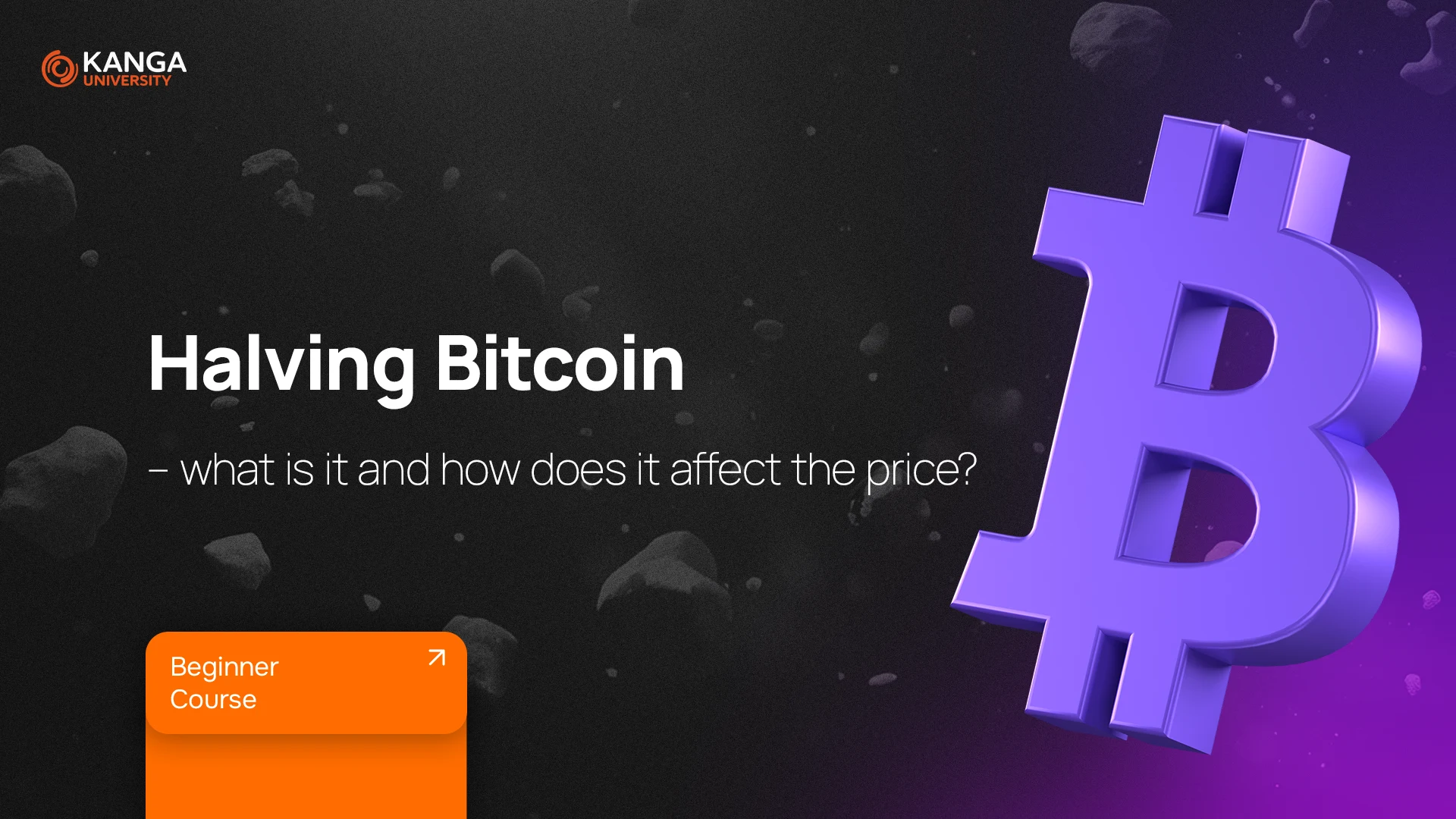
Bitcoin operates based on strictly defined rules. One of the most important mechanisms is halving, a process that reduces the reward for mining new blocks by half. This key event directly impacts Bitcoin’s supply and its value.
The most recent halving occurred in April 2024, reducing the mining reward to 3.125 BTC per block. What does this mean? In this article, we’ll explain how halving works and its impact on the cryptocurrency market.
How Does Bitcoin and Mining Work?
Unlike traditional money, Bitcoin is not printed. Each new unit of this cryptocurrency is created through mining—a process in which computers around the world solve complex mathematical problems to add new blocks to the blockchain.
For each new block, miners receive a Bitcoin reward. However, Bitcoin is not unlimited—its maximum supply is 21 million BTC, and each halving slows down the rate at which new coins are created.
History of Bitcoin Halvings
The halving mechanism has been part of Bitcoin’s code from the beginning. Here’s how mining rewards have changed over time:
- 2009 – 50 BTC per block (Bitcoin launch)
- 2012 – 25 BTC per block (first halving)
- 2016 – 12.5 BTC per block
- 2020 – 6.25 BTC per block
- 2024 – 3.125 BTC per block (latest halving in April 2024)
- 2140 – Final halving, after which no new Bitcoins will be mined
How Does Halving Affect Bitcoin’s Price?
Each halving reduces the number of new Bitcoins entering circulation. In theory, if supply decreases while demand remains stable or increases, Bitcoin’s price should rise.
Past halvings have indeed been followed by significant price increases:
- 2012: Bitcoin surged from $12 to $1,000 within a year.
- 2016: BTC rose from $650 to nearly $20,000 in 2017.
- 2020: Bitcoin climbed from $8,000 to over $60,000 in 2021.
Will the 2024 halving also trigger a price rally? That depends on various factors, including global economic conditions and investor sentiment.
How Does Halving Impact Miners?
For miners, halving means lower rewards, which can make mining less profitable, especially for those using less efficient equipment. Some miners may exit the market, and the network will adjust mining difficulty to ensure its stability.
After 2140, miners will no longer receive new Bitcoins as block rewards. Instead, they will rely entirely on transaction fees, which could impact how the network functions in the future.
Summary
Halving is a mechanism that slows down Bitcoin’s issuance and significantly affects its supply and price. The latest halving took place in April 2024, and the next one is expected in 2028.
Key Takeaways About Halving:
- Happens every 4 years.
- Reduces the number of new Bitcoins in circulation.
- May lead to an increase in BTC’s price.
- The final halving is expected around 2140.